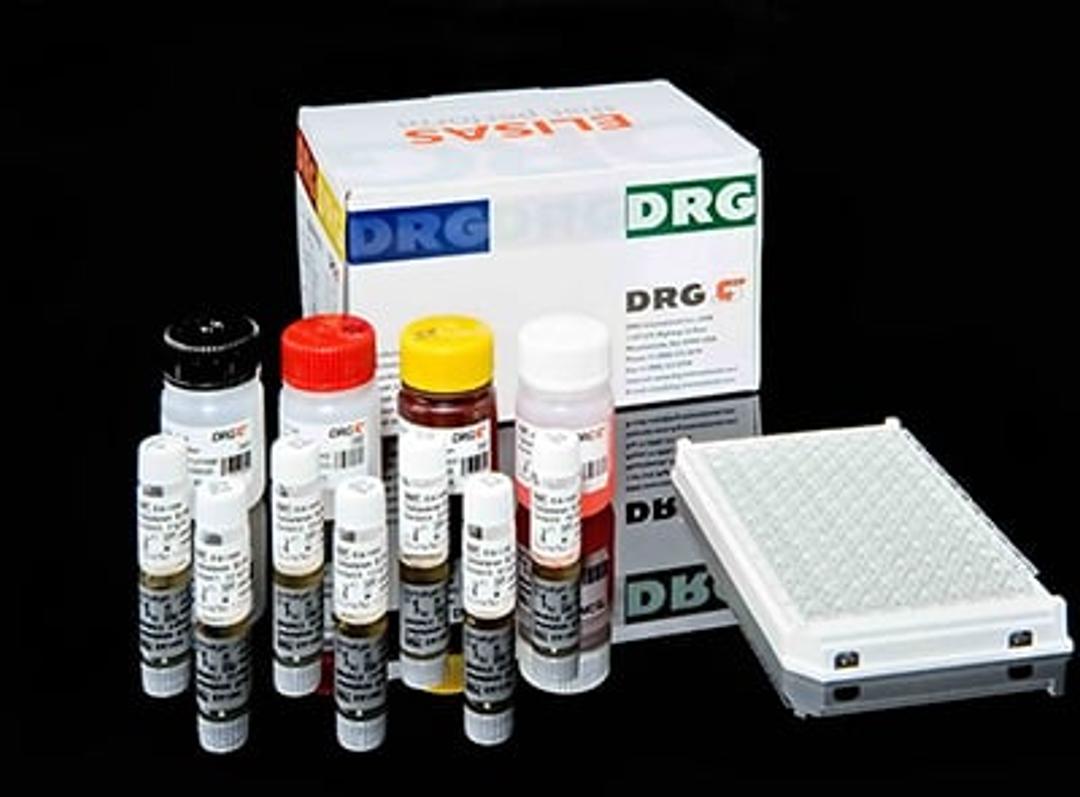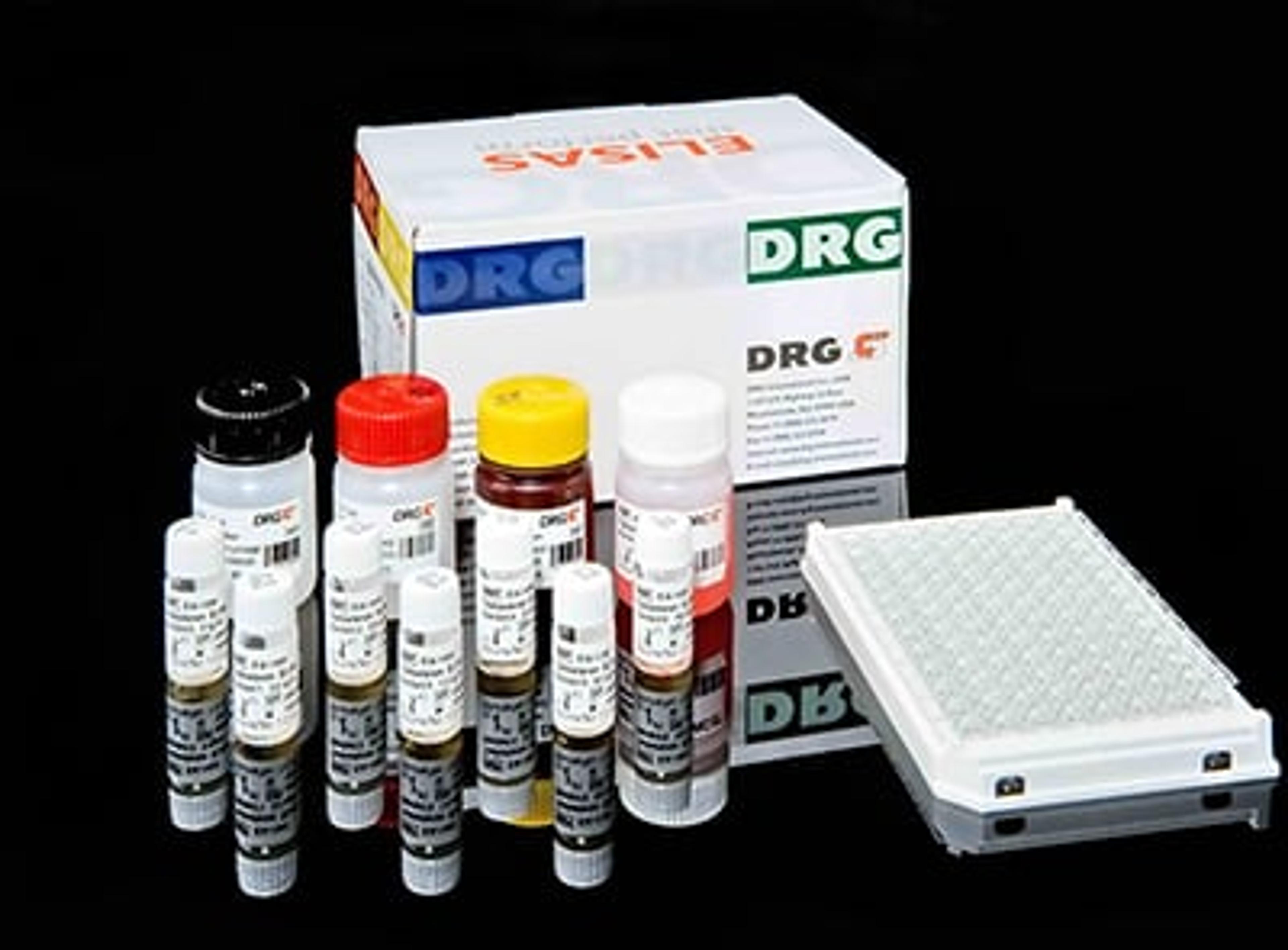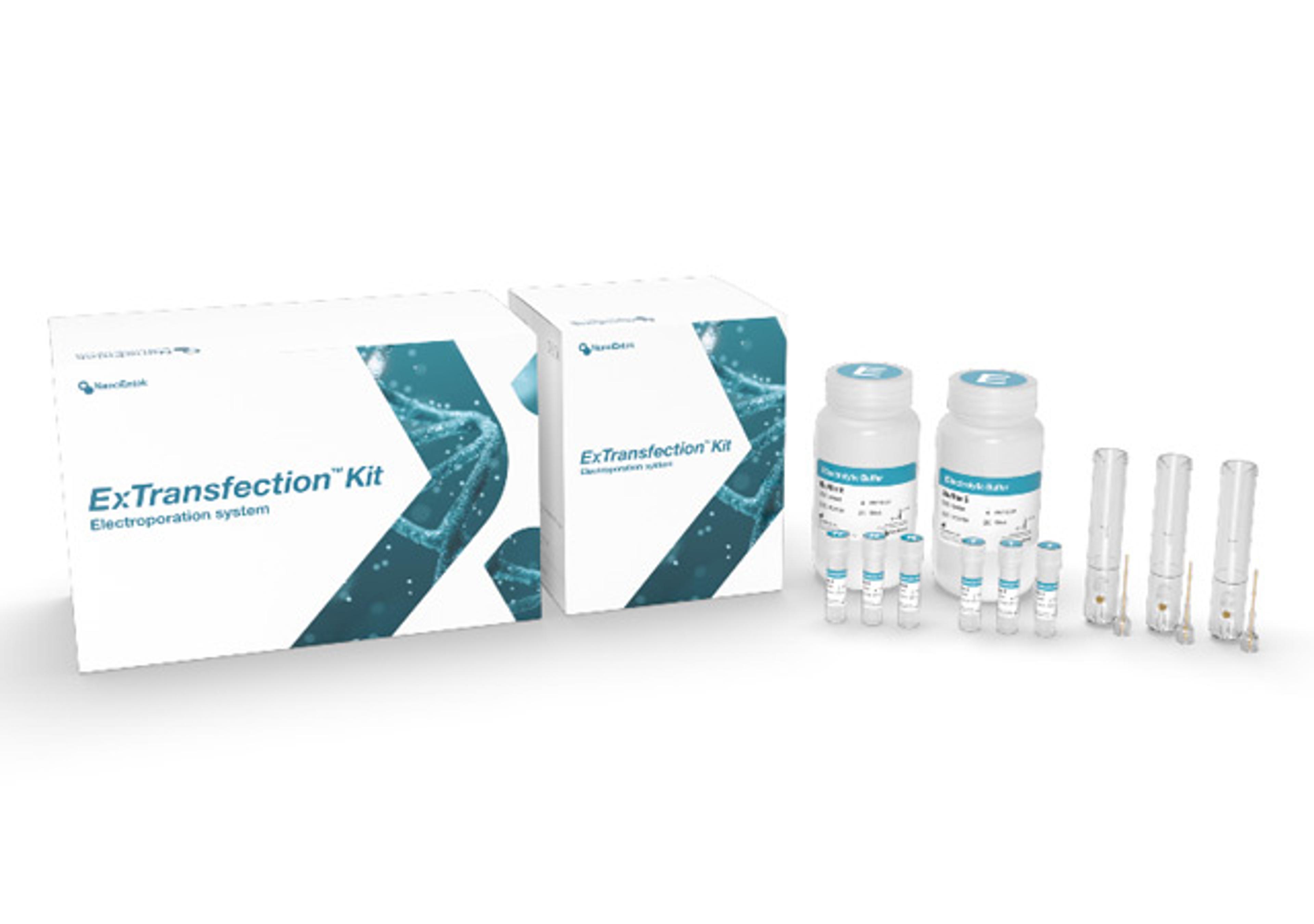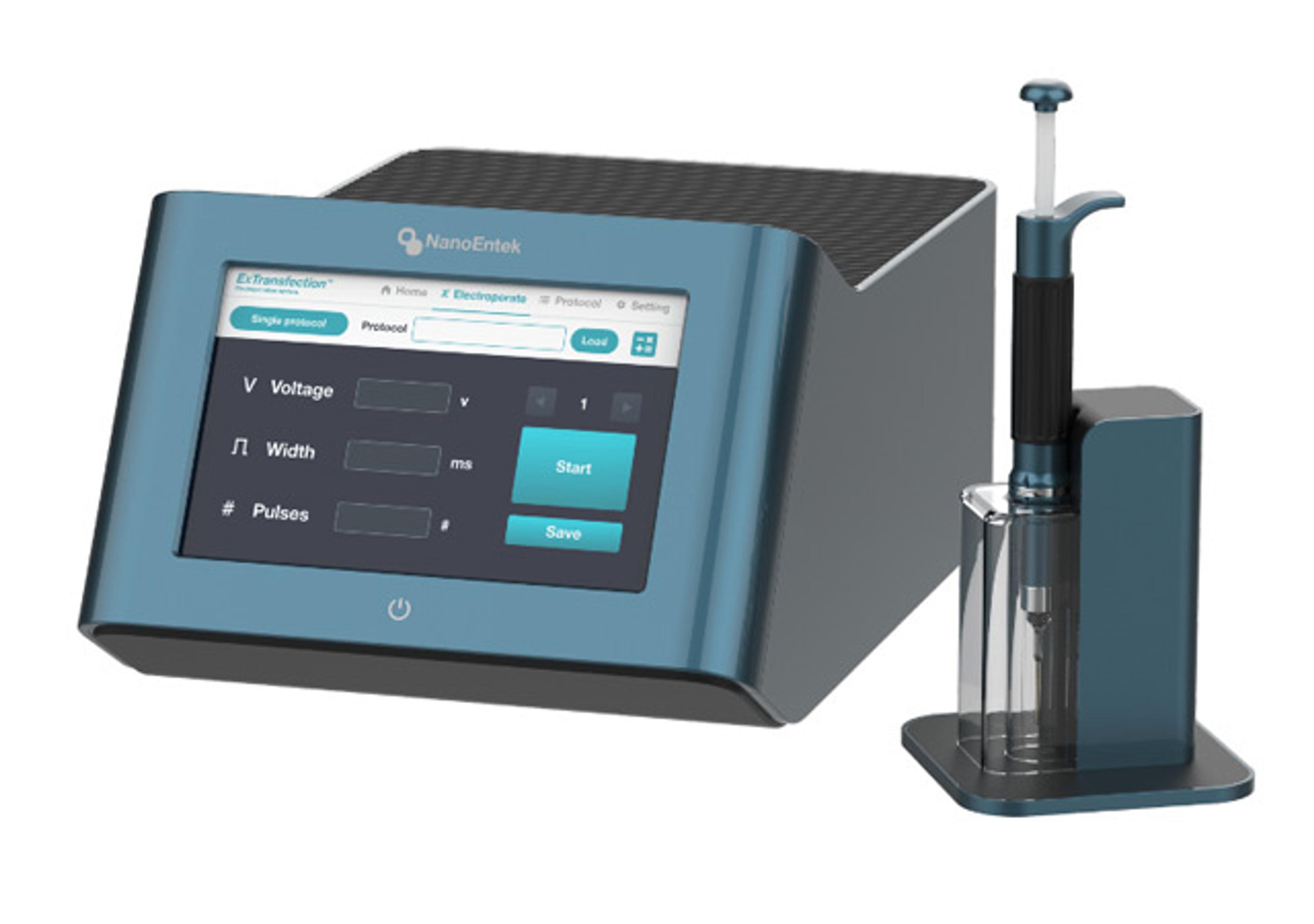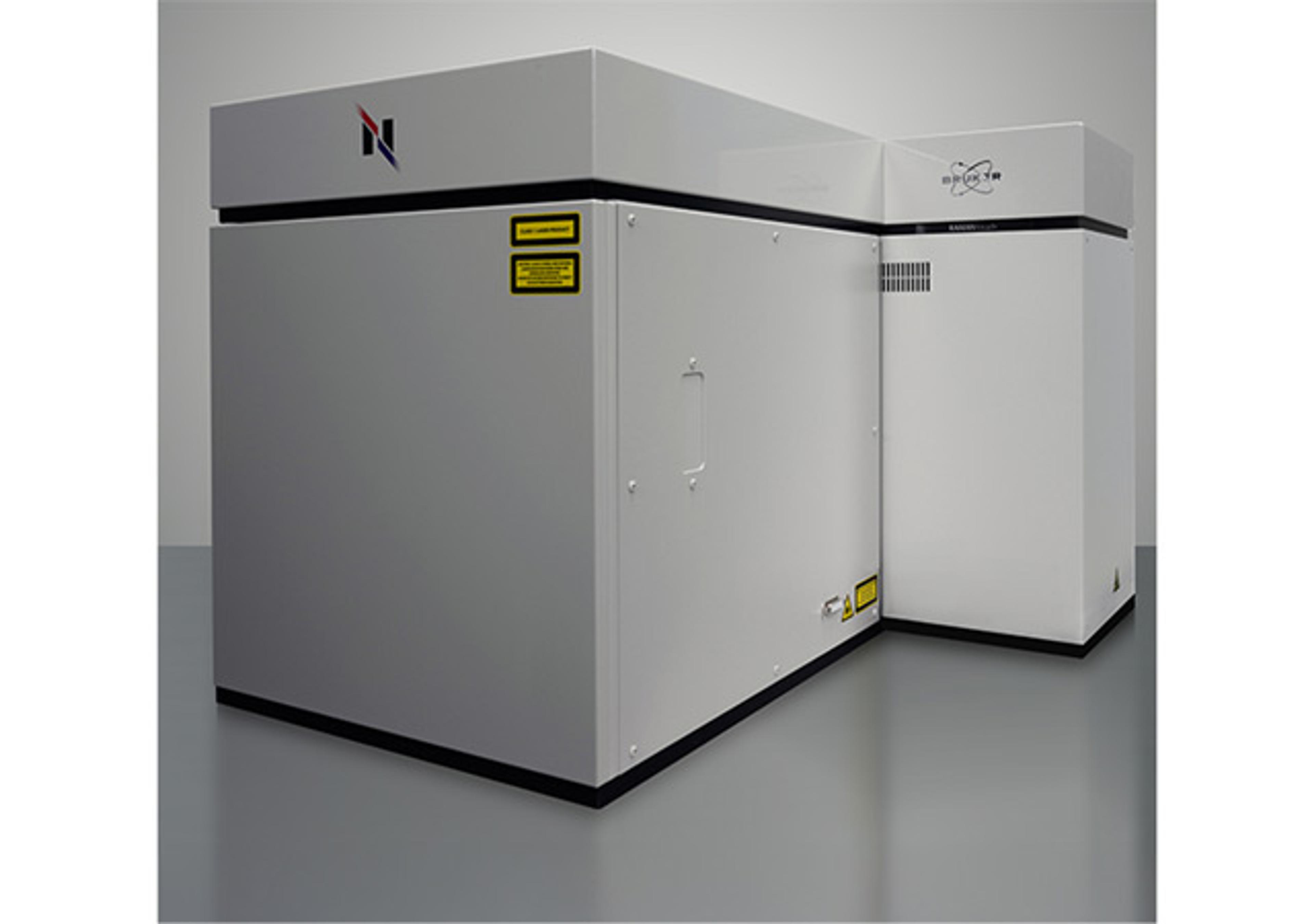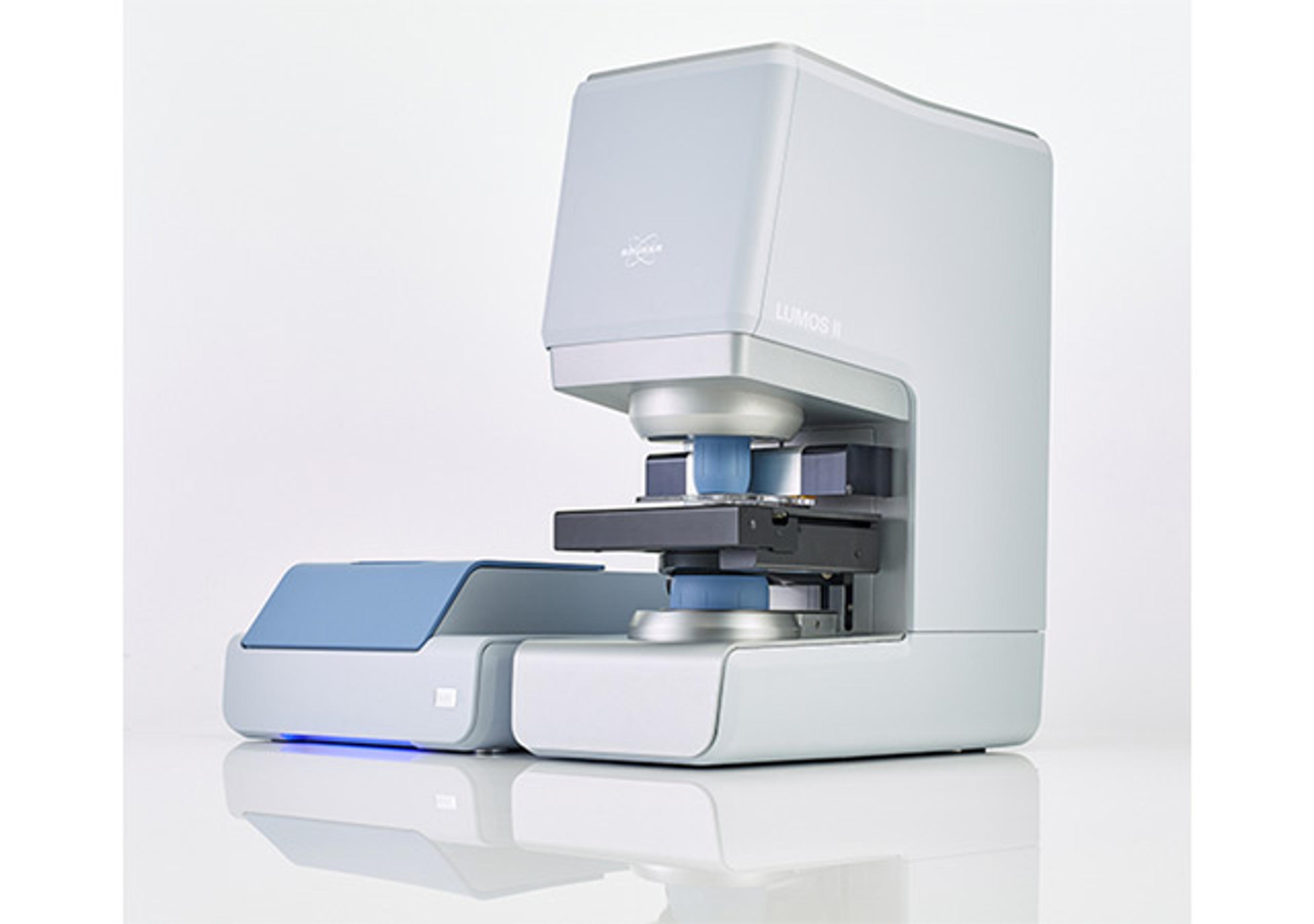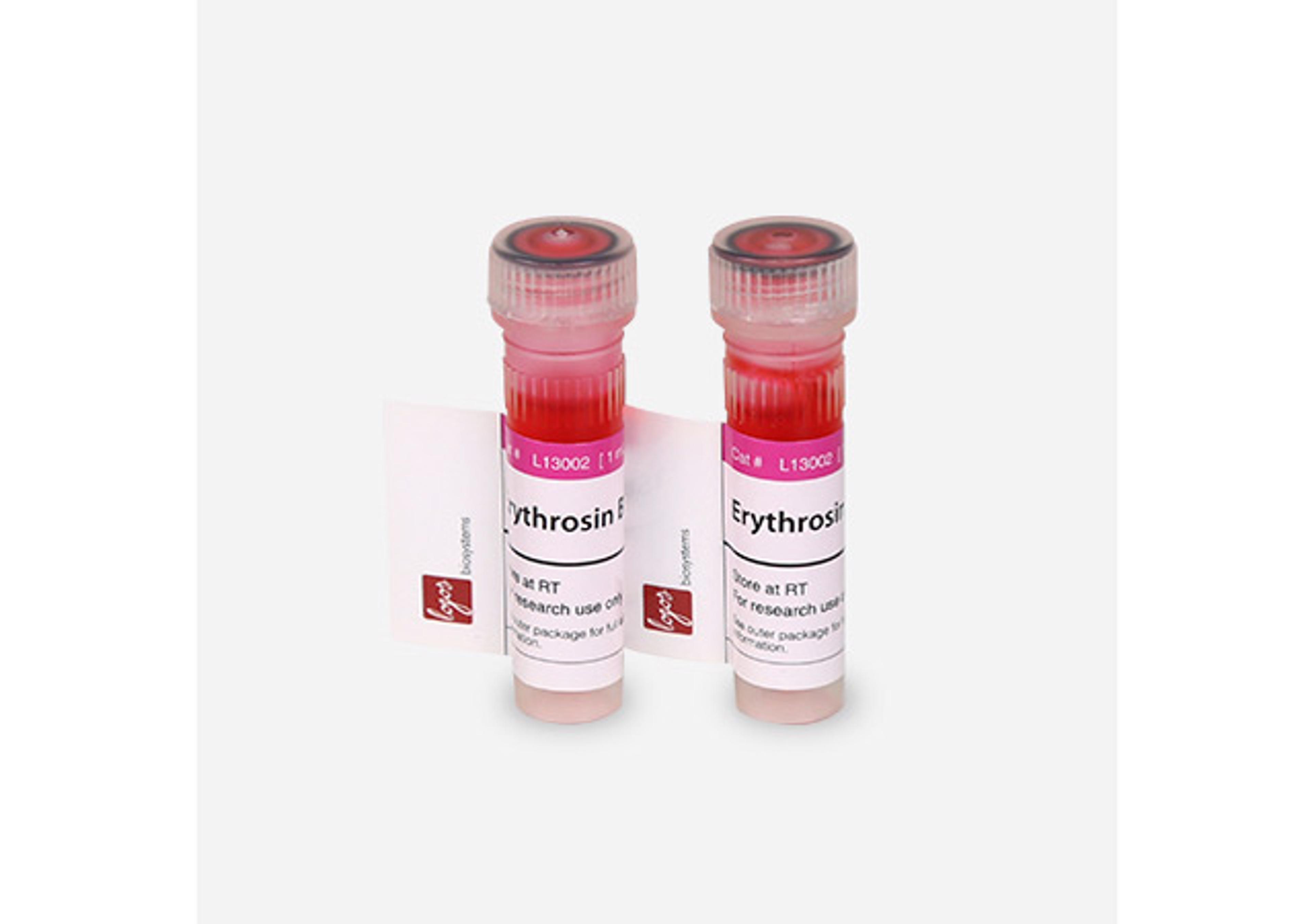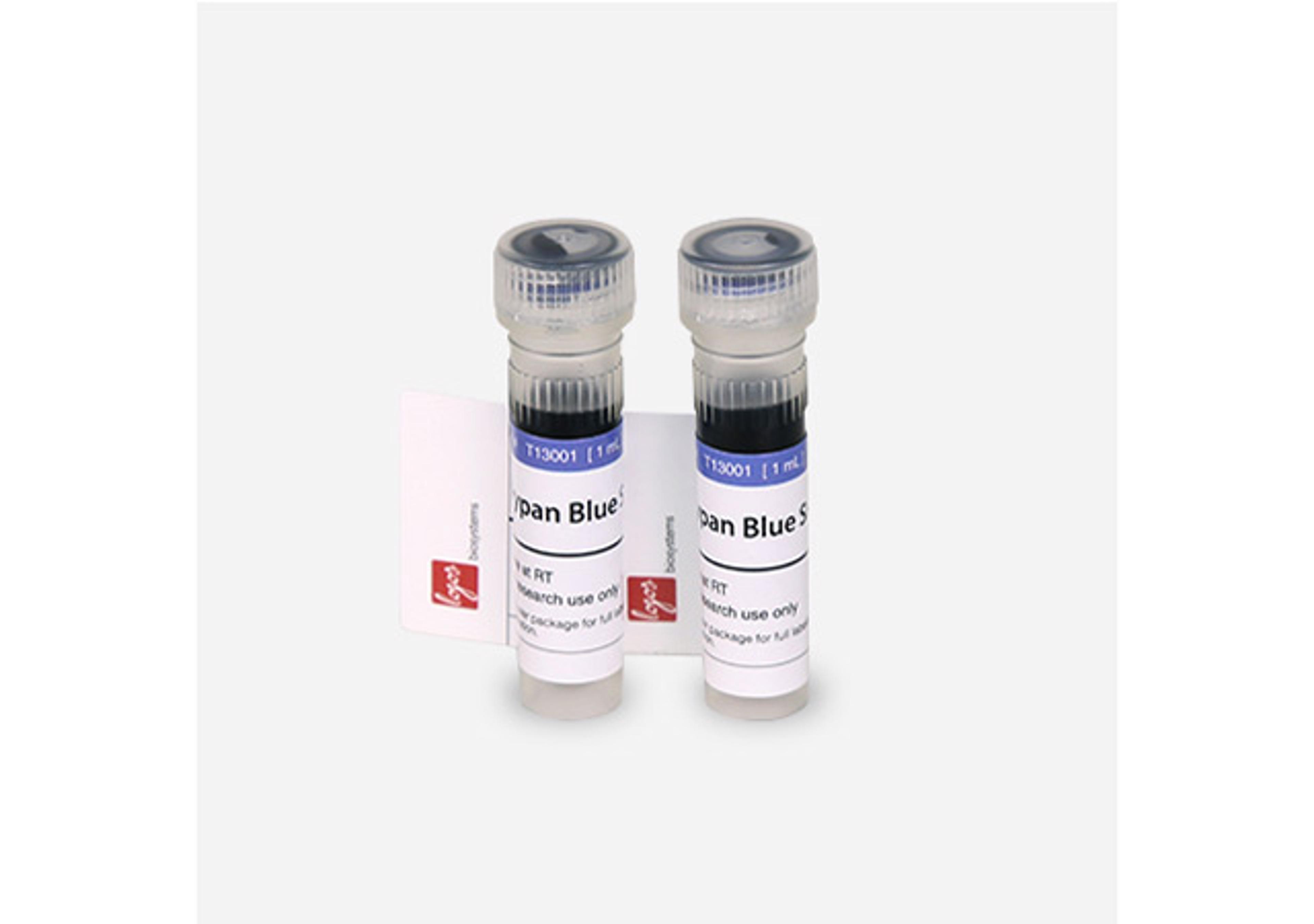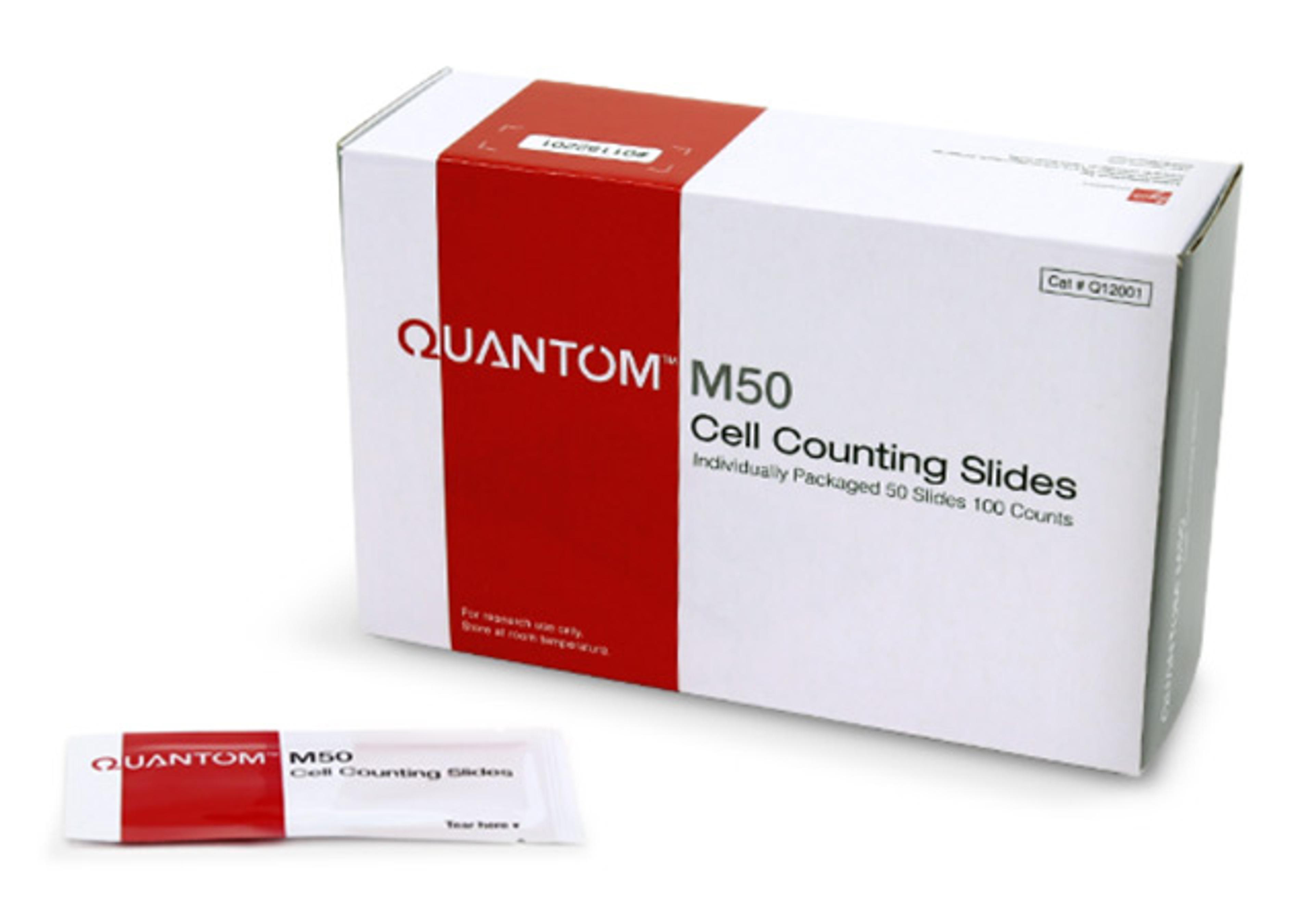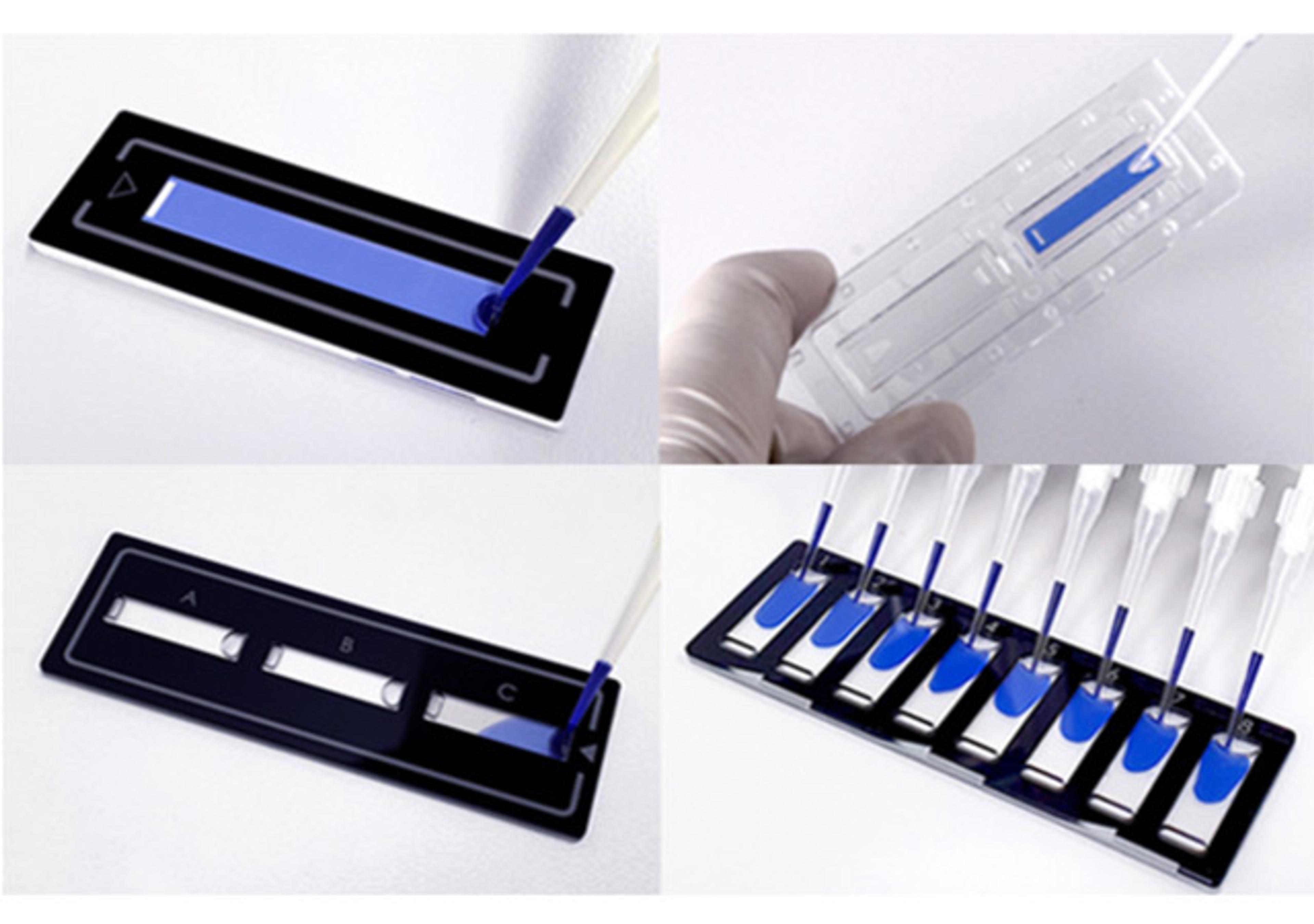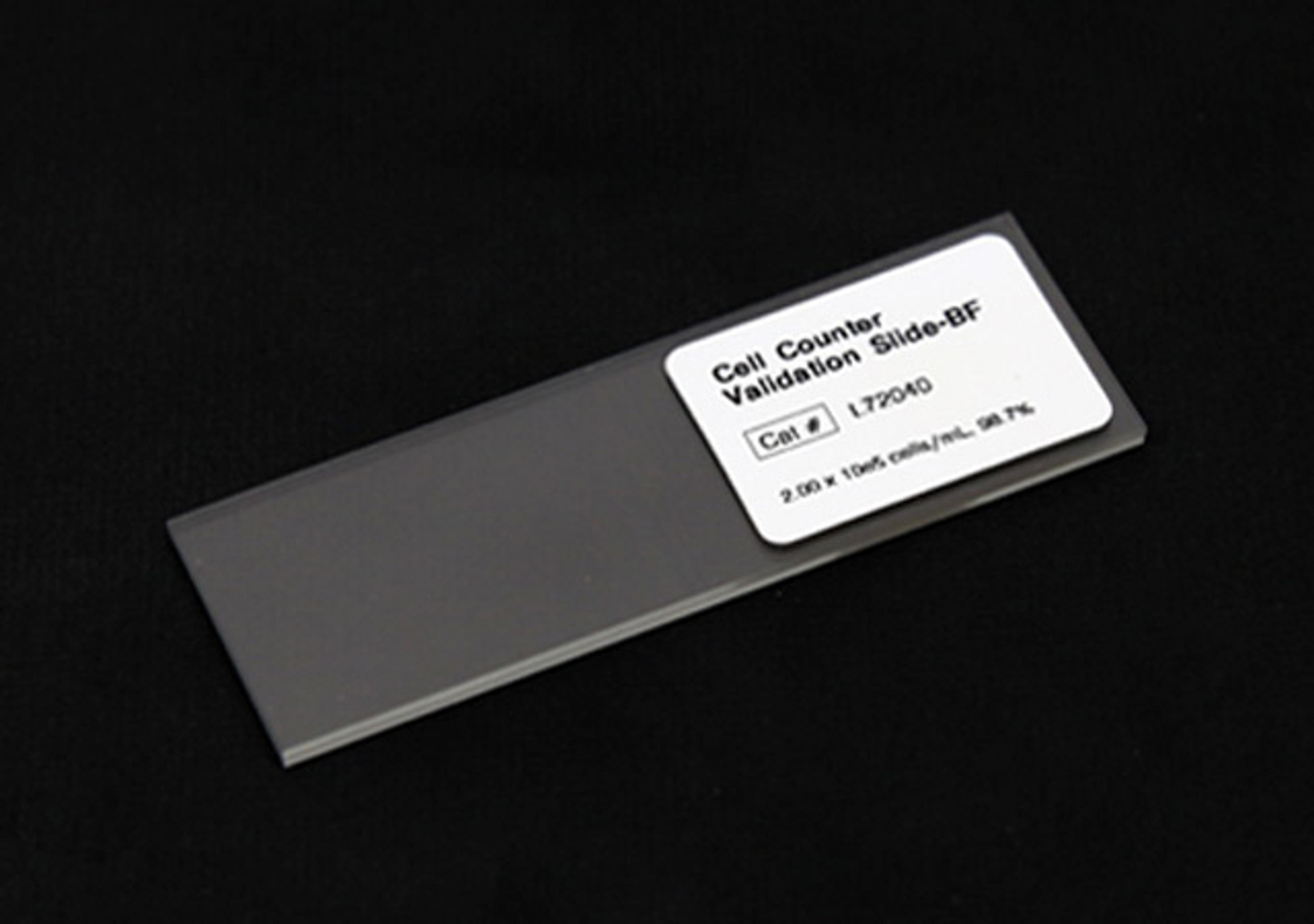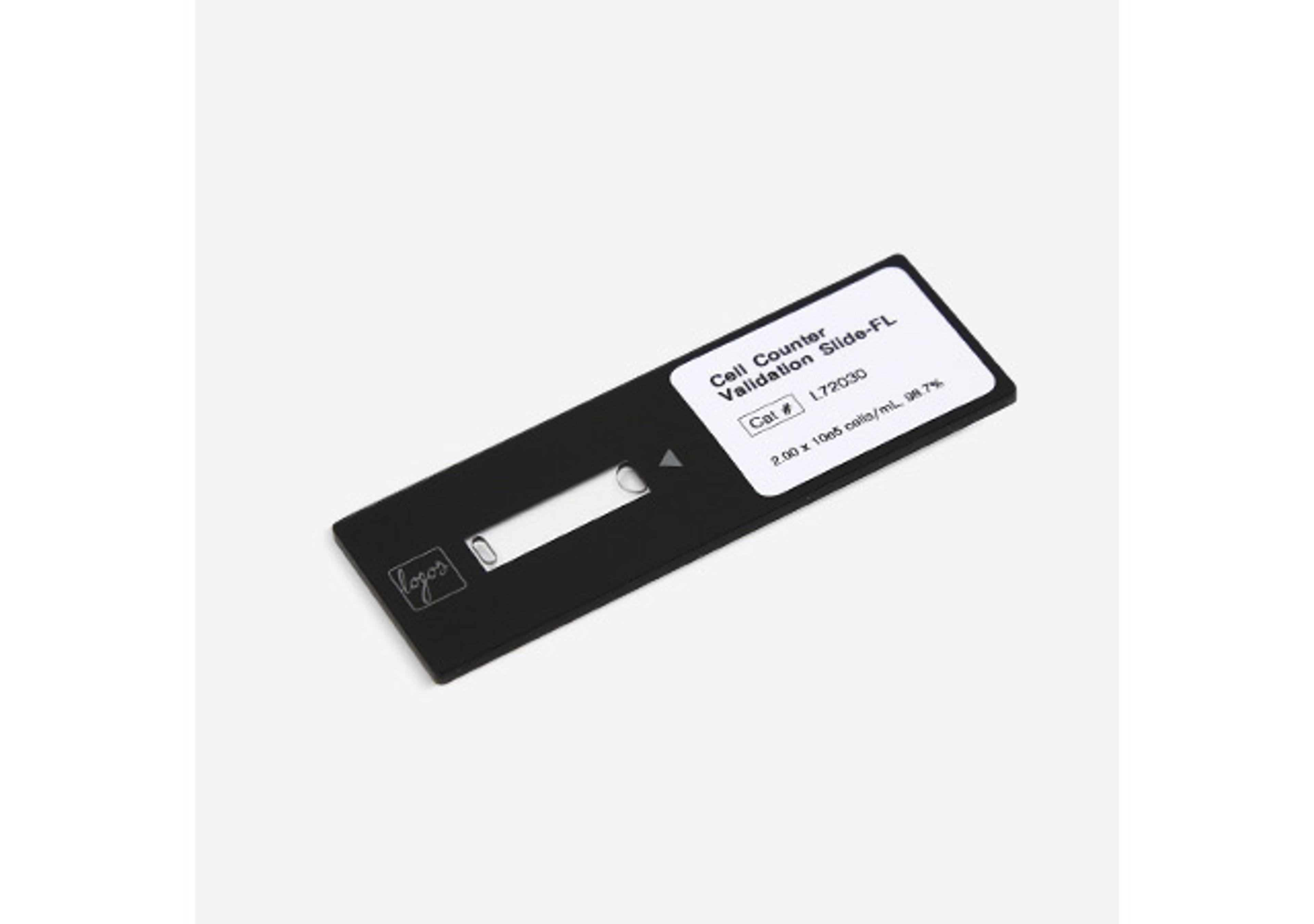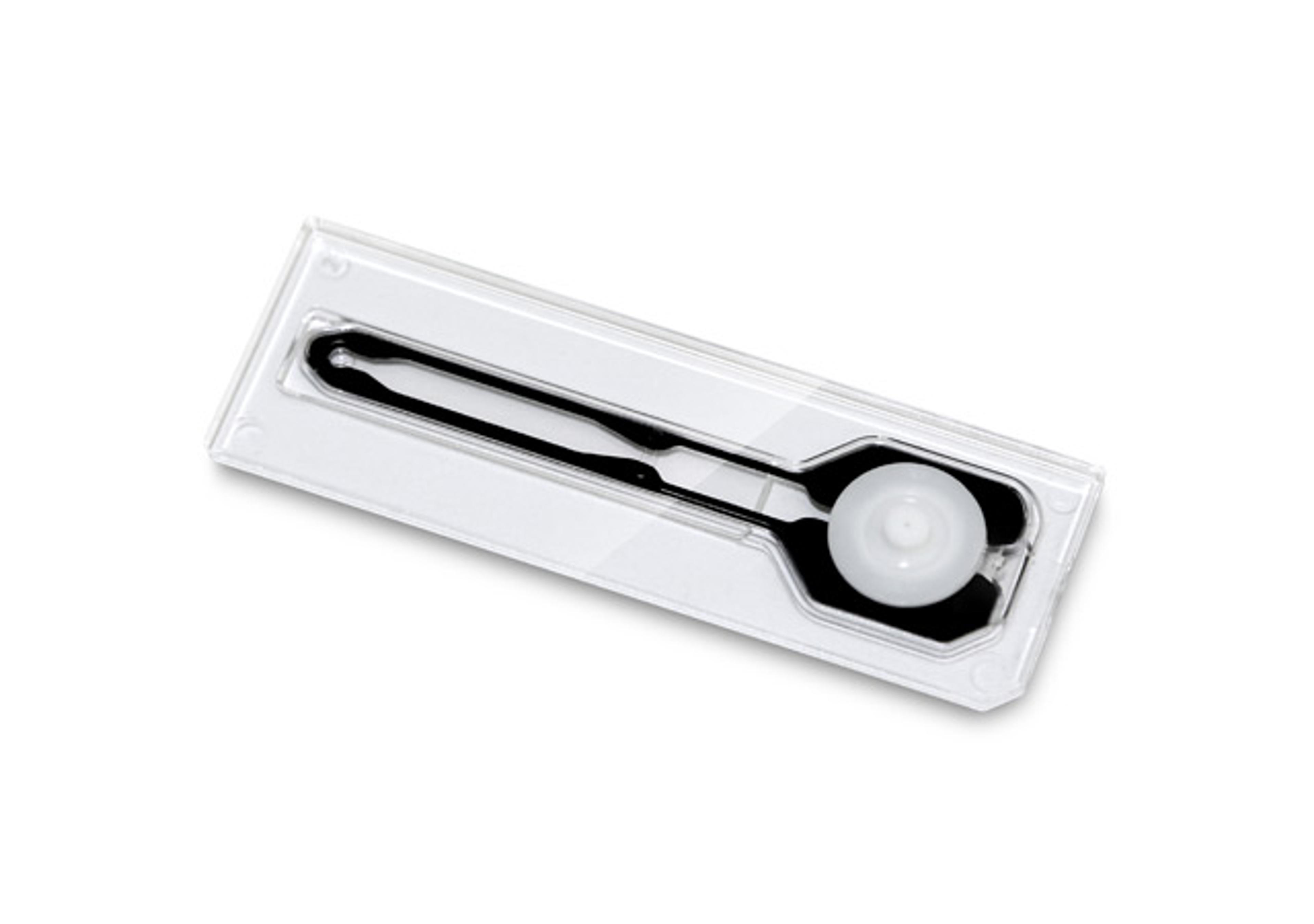Proinsulin total
High Quality Assays with Reproducible and Reliable Results

The supplier does not provide quotations for this product through SelectScience. You can search for similar products in our Product Directory.
This Human Total Proinsulin ELISA kit is used for the non-radioactive quantification of human total proinsulin in serum and plasma. This kit has 100% cross reactivity to intacthuman proinsulin and its major processed intermediate, des(31,32) proinsulin, and 81% cross reactivity to its processed intermediate des(64,65) proinsulin in serum and plasma. Human Insulin (up to 200 µU/mL) and Human C-Peptide (up to 10 ng/mL) do not interfere with the assay result. One kit is sufficient to measure 38 unknown samples in duplicate. This kit has no cross reactivity to human insulin.This kit is for research purposes only. This assay is a Sandwich ELISA based, sequentially, on: 1) capture of human proinsulin molecules from samples to the wells of a microtiter plate coated by a pre-titered amount of polyclonal guinea pig anti-human insulin antibodies, 2) wash away of unbound materials from samples, 3) binding of a second biotinylated monoclonal mouse anti-human antibody to the c-peptide section of the captured molecules , 4) wash away of unbound materials from samples, 5) conjugation of horseradish peroxidase to the immobilized biotinylated antibodies, 6) wash away of free enzyme, and 7) quantification of immobilized antibody-enzyme conjugates by monitoring horseradish peroxidase activities in the presence of the substrate 3,3’,5,5’-tetra-methylbenzidine. The enzyme activity is measured spectrophotometrically by the increased absorbency at 450 nm, corrected from the absorbency at 590nm, after acidification of formed products. Since the increase in absorbency is directly proportional to the amount of captured human total proinsulin in the unknown sample, the latter can be derived by interpolation from a reference curve generated in the same assay with reference standards of known concentrations of human proinsulin.

